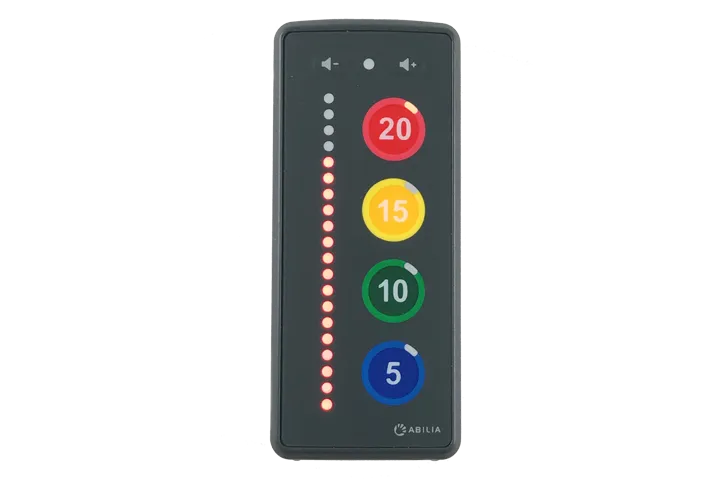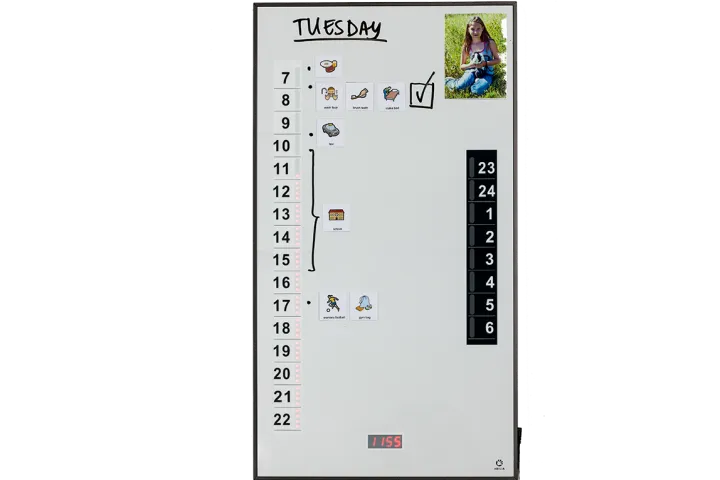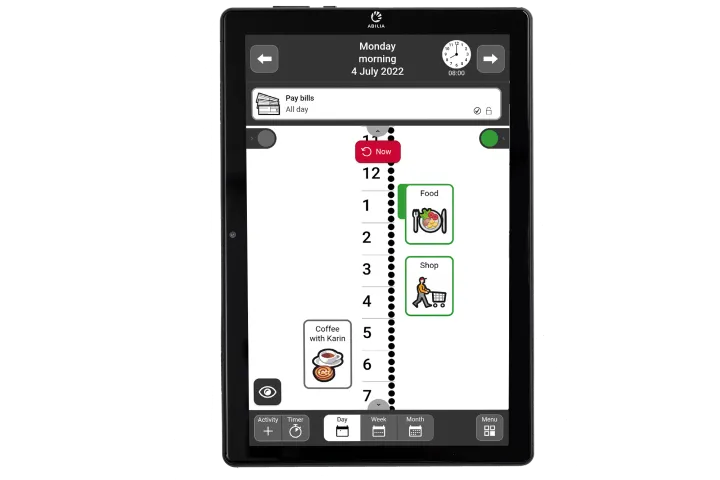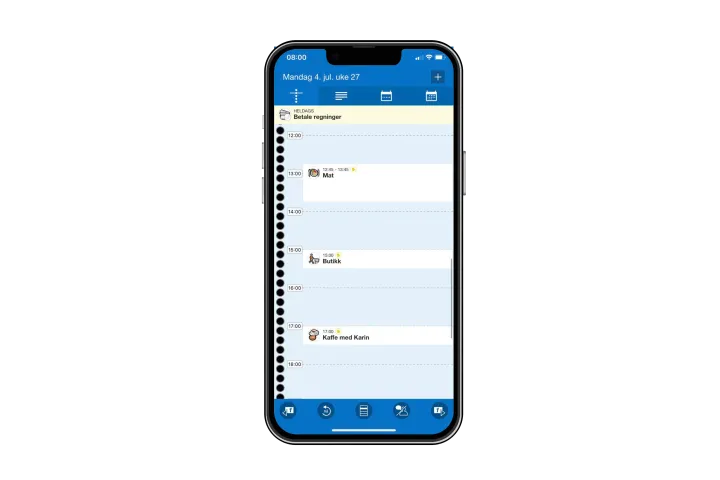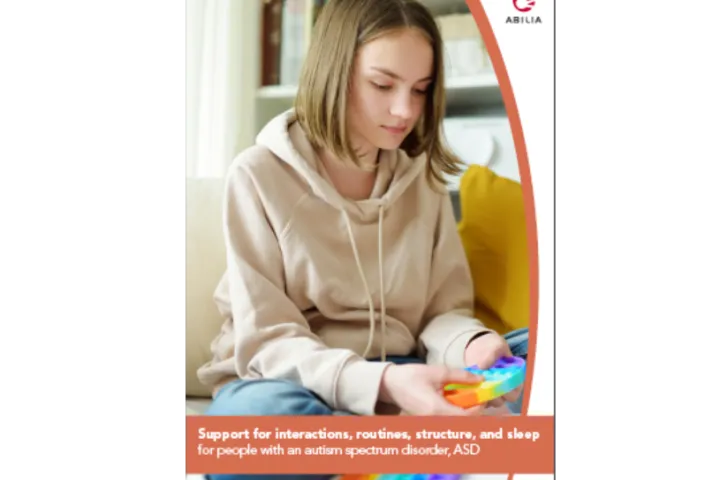Neurodevelopmental disorders depend on how the brain operates and works. The most common diagnoses are autism spectrum disorder, adhd, Tourette’s syndrome, and language disorder.
Autism is expressed within a spectrum, hence the designation autism spectrum disorder, abbreviated to ASD. The level of disability can vary greatly.
Autism is common in combination with adhd and Tourette's syndrome. Intellectual disability and epilepsy may occur.
More and more people are being diagnosed with autism spectrum disorders, probably due to increased awareness and the broadening of diagnostic criteria. Society needs to become more inclusive, in order for these people to get better conditions and quality of life. Early intervention can prevent serious consequences.
German version: Förderung von Teilhabe, Routinen, Struktur und Schlaf für Menschen im Autismus Spektrum
Common challenges
The degree of difficulty can vary greatly, but common characteristics are:
- difficulties with reciprocity, interaction and communication
- great attention to detail and special interests
- difficulty in managing changes and switching between activities
- difficulty in managing behaviours and habits
- challenges in adapting to learning techniques
- strong reaction to sensory impressions
- difficulty sleeping
Additional challenges arise when diagnosed in combination with adhd, including anxiety, intellectual disability, epilepsy.
The degree of independence in personal care, housing, education and working life depends on where on the autism spectrum the individual is located, any other diagnoses, as well as which environment and what support the individual receives.
Routines, structure, predictability and good sleep make everyday life easier
Factors that can affect a person with autism is that they receive:
- information about their disability based on age and maturity
- knowledge and the right treatment from those in their environment
- a calm and predictable environment
- stimulation of language development, support for communication
- visualisation of time, and clarity in what is to happen and when
- routines and support for sleeping
- autism-friendly education establishment
- autism-friendly workplaces
Assistive devices can contribute to participation and independence
- a communication aid aims to stimulate language development, facilitate interaction and communication
- sensory-stimulating weighted products aim to facilitate falling asleep and maintaining sleep at night, creating a sense of calmness and focus during the day
- cognitive support aims to help the user get an increased sense of time, make it easier to maintain routines, structure and to achieve predictability in everyday life
Individualised aids can make everyday life easier for the whole family
Assistive devices should be selected and adapted to the individual, but can also become a shared tool for everyone making everyday life work better
- improved interaction and communication
- better sleep for everyone in the family
- less need to remind the individual about activities
- better relationships and fewer conflicts
Regular education and special education
Regardless of the type of school, adaptation of the environment, attitudes, and routines are important in supporting students with autism
Even if the student has personal aids with them, it is of value to equip classrooms with products that can support concentration, motivation and predictability.
- weighted collars and weighted blankets can help with concentration and focus
- timers that visualise the passage of time can motivate users to maintain focus and prepare them to switch between activities
- stationary and mobile planning tools that clarify time and schedule make the student prepared for what is to happen and when
Workplaces
Employers can do a lot to make it easier for employees with autism.
- tasks can be adapted and performed one at a time, support can be given in structuring and prioritising tasks
- the working environment can be adapted so that the individual can move to a quieter and calmer location, noice dampening room dividers and noise-cancelling headphones can help
- working hours can be flexible to suit the individual's needs, opportunities for individual breaks and rest rooms
- work aids, e.g. weighted collars, weighted vests, visual timers, digital time and planning tools can help
Supported Living
Supported Living and daily activities need to be of good quality, giving the individual self-determination, integrity, influence and co-determination.
- in Supported Living where residents have been given tools for structure, clarity, and recovery in their lives, this has led to both increased cognitive and communicative capacity.
- the same individual cognitive assistive tools have had a positive impact on the company’s working environment, and increased well-being among the staff
- the staff receives more time for meaningful activities that create value – both for the residents and for themselves
